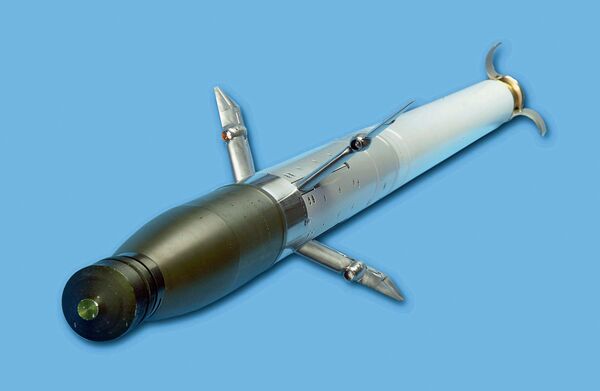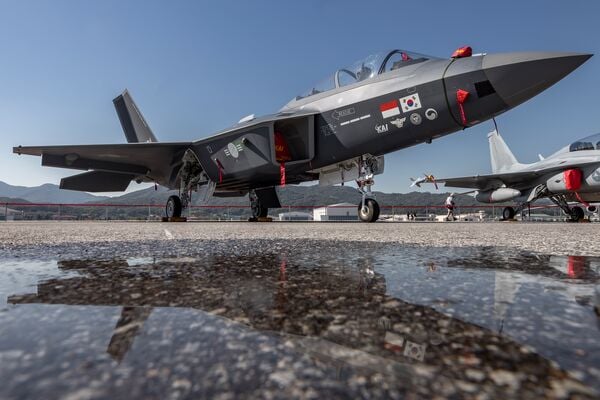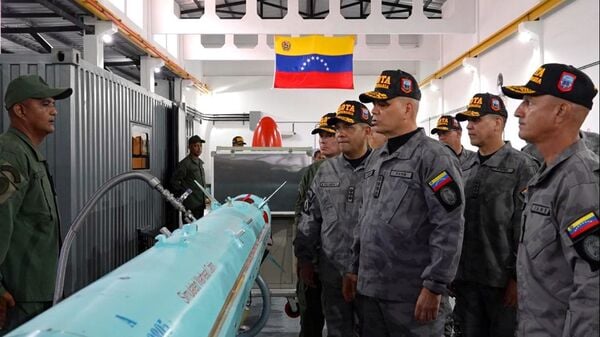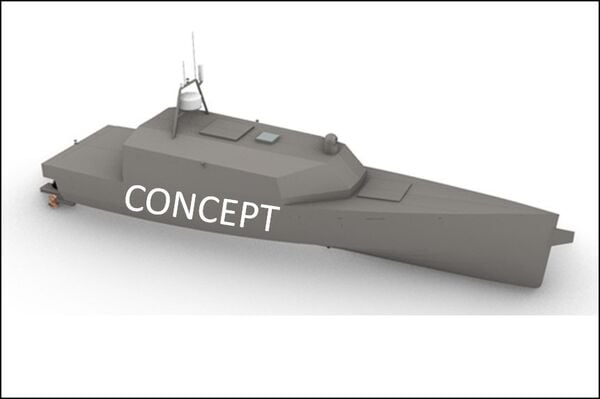- About
- Intara
- Capabilities
- Advisory
- Resources
- News
- Store
BAE Systems enhances APKWS II range by 30%
16 August 2021
by Robin Hughes
BAE Systems has disclosed development of the APKWS Block Upgrade – a software upgrade to the AGR-20A Advanced Precision Kill Weapon System II (APKWS II) 70 mm/2.75 in rocket guidance kit designed to enhance the effective range of the weapon system by means of an improved flight trajectory.
“APKWS block upgrade guidance kits create an optimised flight trajectory that enables the rocket to engage targets at a steeper angle of attack, providing improvements in range and lethality. The optimised attack trajectory improves first-shot success against stationary and moving targets,” BAE Systems said in a statement.
“The maximum publicly stated range is 5+ km for APKWS rockets fired from rotary-wing platforms and 12+ km for APKWS rockets fired from fixed-wing platforms,” APKWS programme manager Samantha Kirsh told Janes. “The Block Upgrade guidance kit extends the range by up to 30% via an improved flight trajectory,” Kirsh added.

South Korea announces new aircraft engine factory
19 April 2024
by Akhil Kadidal


A new engine factory being developed by Hanwha Aerospace at Changwon will produce engines for the KAI KF-21 and the TA-50 multirole trainer aircraft. (Zhang Hui/VCG via Getty Images)
Hanwha Aerospace is building a new factory to produce engines for combat aircraft, including the Korea Aerospace Industries (KAI) KF-21 Boramae 4.5-generation aircraft. The new factory is also expected to support the development of South Korea's new domestic fighter engine programme.
Ground was broken for the 16,530m 2 engine production facility at Changwon on 15 April 2024, the South Korean Ministry of National Defense (MND) said on 17 April. The factory is being developed at a cost of USD30 million and is scheduled to be operational by 2025. The MND added that the factory's priority is the licence production of the 92.1 kN (20,700 lb st) General Electric F414-GE-400 engine for the KF-21.
A Hanwha Aerospace spokesperson told Janes on 19 April that “100%” of the licence manufacture of the F414 engine will be achieved at this factory. “The facility is expected to produce approximately 300 engines annually [after becoming operational], the spokesperson added.
Venezuela displays Iranian anti-ship missiles
19 April 2024
by Jeremy Binnie


Venezuelan Defence Minister Vladímir Padrino López inspects a CM-90 anti-ship missile. (Ministerio del Poder Popular para la Defensa (Venezuela))
The Venezuelan military confirmed on 16 April that it has the CM-90 export version of Iran's Nasir anti-ship missile (ASM).
Defence Minister Vladímir Padrino López inaugurated what a defence ministry statement described as a workshop for the CM-90 at Base Naval CA Agustín Armario in Puerto Cabello as part of the Bolivarian Navy of Venezuela's (ABV's) anniversary celebrations on that day. It released photographs and a video of Padrino inspecting several ASMs and associated containerised testing equipment inside a building.
The Nasir was developed from the Nasr missile, which is Iran's version of the Chinese C704, with the solid-propellant motor replaced by a turbojet engine and a launch booster. Iranian export documentation says this makes the CM-90 88 cm longer than the CM-35, the export version of the Nasr, and increases its range from 35 to 90 km.
Netherlands MoD and Dutch Naval Design team to collaborate on USV development
19 April 2024
by Kate Tringham


The USV concept. (Dutch MoD)
The Netherlands Ministry of Defence (MoD) and Dutch Naval Design (DND) have joined forces to develop an unmanned surface vessel (USV).
Announcing the partnership on 12 April, the MoD said the USV will be designed for deployment from the future anti-submarine warfare frigates (ASWFs) currently under development.
Under the terms of the contract, signed on 10 April, the USV is planned to be completed in around four years, the MoD said. The 12 m long vessel will be “technologically very advanced, sustainable, autonomous, and operationally flexible”, it added.
The Belgian and Dutch navies are procuring two ships each to replace their respective Karel Doorman (M)-class frigates under the ASWF programme. The ships are being designed and built by Damen under a contract awarded by the Dutch Materiel and IT Command (COMMIT) in June 2023. Under the terms of the contract, the first frigate will be delivered to COMMIT in 2028 and handed over to the Dutch navy in 2029, while the Belgian Navy will receive its first ship in 2030.
BAE Systems has disclosed development of the APKWS Block Upgrade – a software upgrade to the AGR-20A...
Latest Podcasts
Iran Israel analysis
In this podcast Janes analysts discuss the Iranian attacks on Israel on the 14 April. They highlight the military systems used by Iran and the performance and impact of these on Israel. They also discuss the implications of this attack goi...
Listen nowJanes Case Studies
Using Janes Intara to build a common intelligence picture: Russian build up on the Ukrainian border
View Case StudyNews Categories
 Weapons Details
Weapons Details